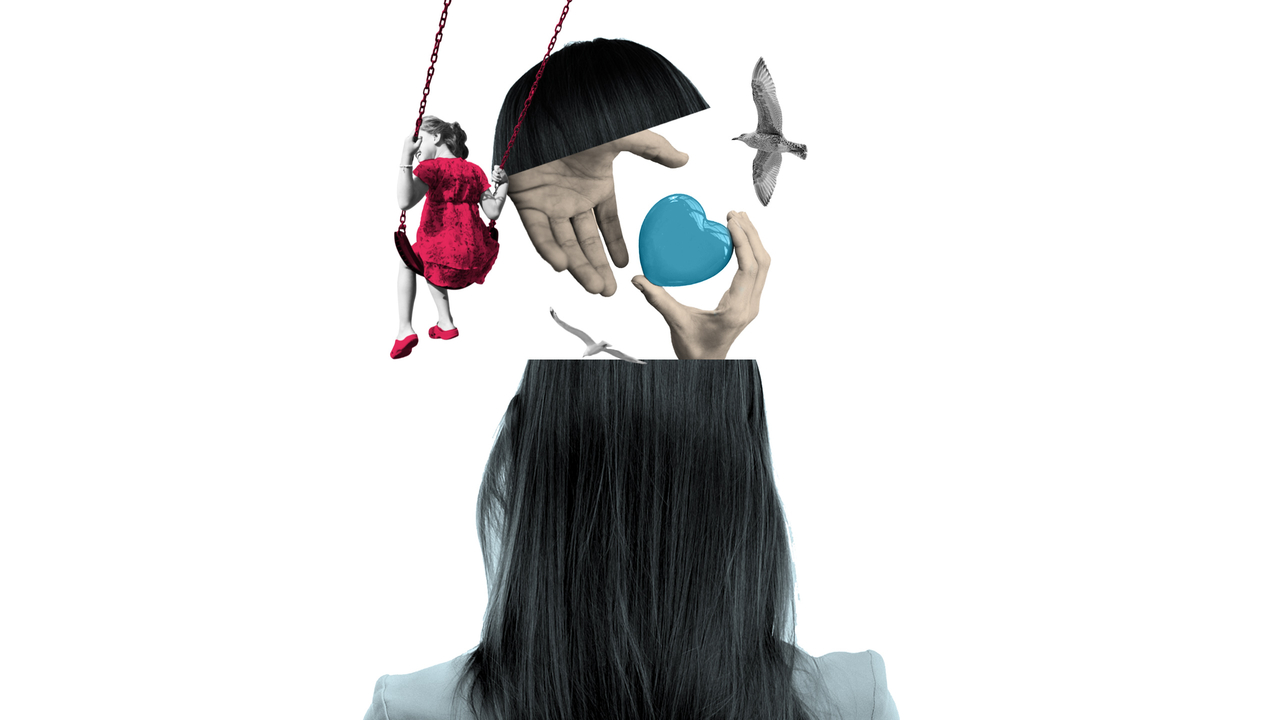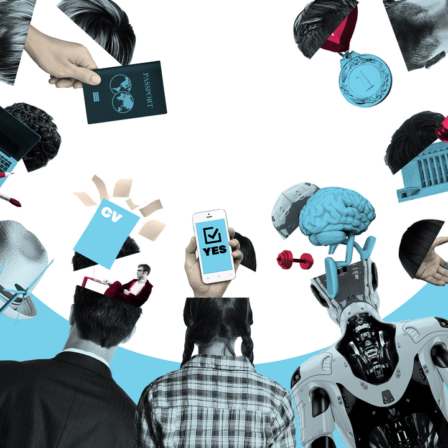More than a million Finns do volunteer work on a regular basis. Although civil society in Finland is quite active, several organisations are preparing for change. It is said that the internet will bring an upheaval in volunteer work with activism increasingly moving into social media. Perhaps people do not want to commit to traditional organisations, preferring instead to drop in now and then to give their time. Perhaps values are being splintered and volunteer workers are looking for means of self-realisation.
Change of some kind is needed, but is it to the direction mentioned above or some other? The Finnish Red Cross presented a vision of the near future to their SenseMaker respondents. “We are in the year 2020. The number of people involved in activities of a local branch/activity group of the Finnish Red Cross has grown considerably. Describe the ways and means through which this has been achieved.”
“We assumed that the responses would reflect a belief that digitalization would be a solution to the change,” says Mimmu Piirto, Head of Development at the Finnish Red Cross.
However, the results came as a surprise. For instance, when the respondents were asked to imagine where the resources had been allocated to enable the change, almost no one thought the answer was digitalization. A greater proportion of respondents focused on changing the operating models.
The internet is a gateway to reach people
Accessible spaces and open doors. Inspiring young people (narrative 1: see the narratives below this article), including immigrants, and taking the needs of those with physical and developmental disabilities into consideration. Actively visiting schools, homes for the elderly and workplaces. Making a shared goal (narrative 2) out of attracting more volunteers, which can be seen at all levels, and which is strengthened through systematic communication. Bringing the internet and social media to this century.
The SenseMaker survey of the Finnish Red Cross was originally just a pilot for the employees of the organisation. The next phase would have been to open it up to everyone on the Finnish Red Cross website, but this never happened, owing to a lack of time.
This is why the responses were fairly similar to those in other surveys on the subject, Mimmu Piirto says. However, there were a few radical changes suggested, which do not excite people very much in ordinary surveys. One was to drop the structure of a centralised leadership, splitting people into networks (narrative 3) and volunteer committees. Another was to completely give up physical locations, making it possible to volunteer even from the moon, if necessary.
The dominant narrative was nevertheless one of humane voluntary work supported by values and the ethos. This was considered the ultimate goal of digitalization: in the opinion of many, the purpose of digitalization is simply to bring people together. In an ideal world, applications would work so easily that they would not even need to be noticed.
“The material actually confirmed my intuition that digitalization is merely a tool. The internet is a way to find people and as such it does not differ from meeting in a town square,” Piirto says. “Sometimes we may put a little too much faith in digitalization. People are searching for values.”
Many emphasised that new volunteers need to be celebrated and nurtured personally. The most important motivation turned out to be internal motivation and values.
Some saw community and digitalization as opposites: instead of fussing over the internet for its own sake, it is important to train to be the best at connecting (narrative 4) with people.
“It seems we could put even more emphasis on basic values and the significance of volunteer work and give people space to work together. That is also an answer, even though it is not very concrete,” Piirto surmises.
Complex triangles
For Piirto, the most enjoyable part of the SenseMaker experiment were the lectures shedding light on complexity. In her view, complexity is at the core of the activities of the Finnish Red Cross: in development co-operation and during natural disasters it is necessary to act in situations whose final outcomes are impossible to predict.
However, Piirto was left wondering if she fully understood how thinking about complexity should be applied in the SenseMaker survey.
“In this method, triangles are more significant than the narrative. It would have been nice to put more thought into them: why should these concepts be placed in the same triangle and what is the theoretical foundation behind it?”
There were only 41 respondents to the pilot questionnaire. Piirto believes that when the sample is small, it exposes the vagueness of the chosen concepts even more.
“I also think that it might be fairly coincidental which part of the triangle is touched by a person’s finger. It may be that a triangle is not a very familiar visualisation to people. We might have used more segments, which are easier to understand.”
However, she believes that with a larger number of respondents SenseMaker can produce valuable information. For that reason, it would have suited the strategic preparations of the Finnish Red Cross very well. A new strategy is drafted every three years.
However, now the timing of the questionnaire was just slightly wrong and there was not enough time.



Latest